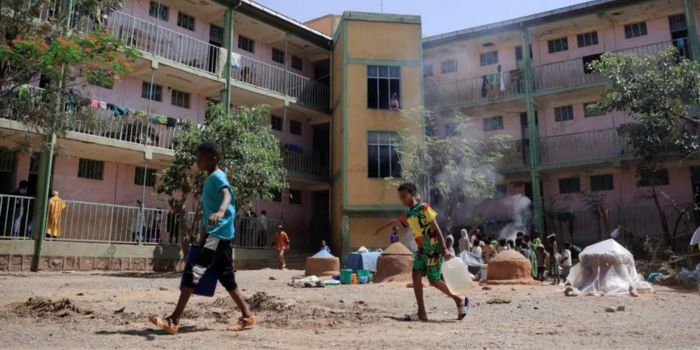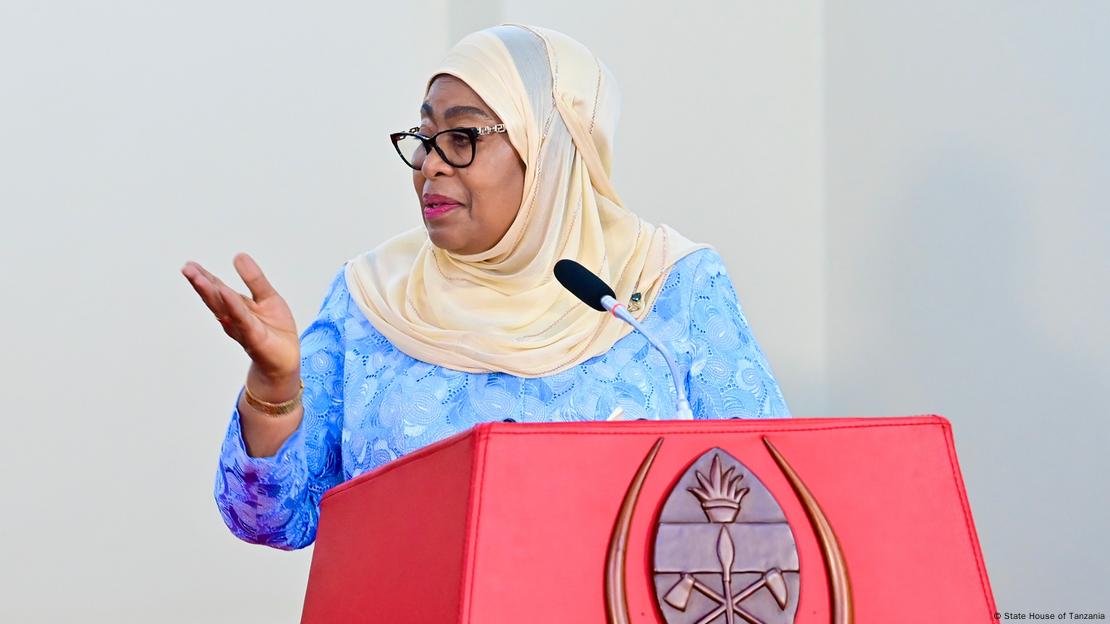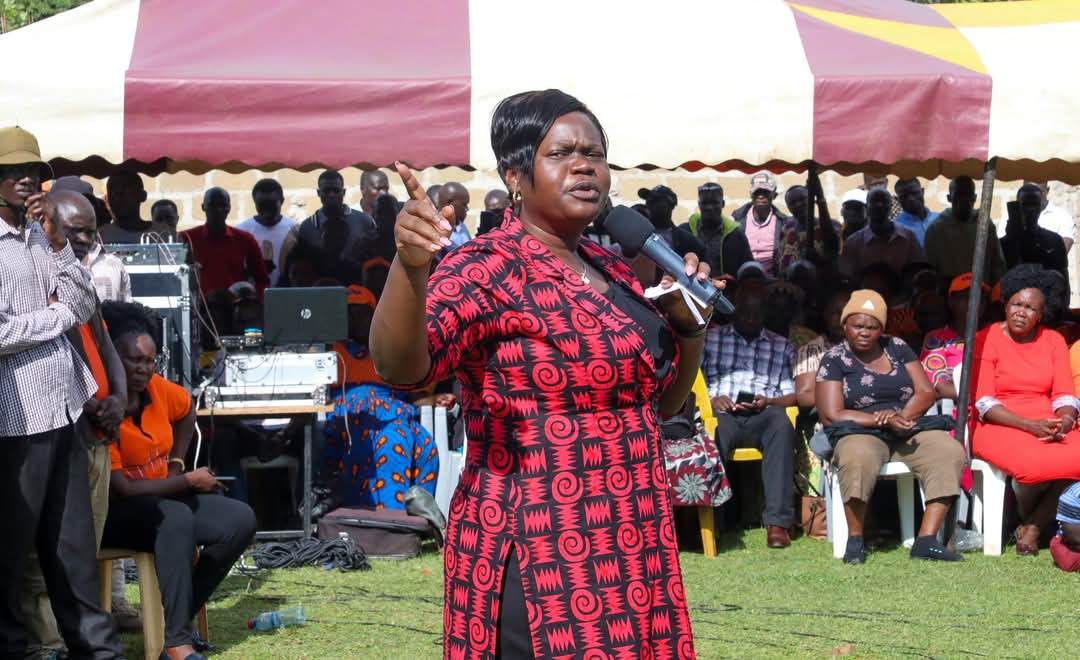Ethiopia humanitarian crisis: UNICEF says 8.85 million children out of school

According to the report released on May 20, some 6,770 schools have been damaged and 6,410 closed, while 10.31 million people need humanitarian aid.
A staggering 8.85 million out of 10 million children in Ethiopia are currently out of school due to the country's ongoing emergencies, says a UNICEF report released this week.
The report highlights significant disruptions caused by seasonal flooding across six regions, with further forecasts warning that the Belg rainy season from March to May could impact learning in 10 regions.
More To Read
- UN urges unity, action to address Ethiopia's humanitarian needs
- Worsening drought, conflict push millions in Ethiopia into acute food insecurity, FEWS NET warns
- Nearly 700 dead as South Sudan battles worst cholera outbreak since independence
- Contaminated water crisis fuels deadly cholera outbreak in Sudan as cases surpass 1,400
- Urgent agricultural aid needed in Ethiopia to tame food crisis - FAO
- UN Relief Chief exits office, expresses regret over global response to humanitarian crises
It adds that drought conditions across seven regions have exacerbated the situation, leaving one million children unable to go to school.
Despite these challenges, only 356,000 children had received emergency education support as of March 2024.
More destruction registered
According to the report released on May 20, some 6,770 schools have been damaged and 6,410 closed, while 10.31 million people need humanitarian aid.
“In our quarter report, there was a 4.5 per cent increase in damaged schools and an 18 per cent increase in closed schools. Since the start of 2024, 21 partners have provided support in various crisis-affected regions,” reads the report.
It adds that the Tigray region has received the most interventions at 53 per cent.
However, significant challenges remain, including the need to return over one million children to school, many of which are still being used as shelters for internally displaced persons (IDPs).
The Afar region has the lowest coverage from partners, despite significant impacts on education due to drought, including the disruption of school feeding and WASH (Water, Sanitation, and Hygiene) services.
UNICEF warns that Ethiopia is at high risk of seasonal disasters, particularly floods, exacerbated by climate change and increasing humanitarian needs.
“Every year, large parts of the country are affected by seasonal flooding, impacting communities and their livelihoods. The El Niño effect further increases the risk of extreme events and floods, especially in the southern and southeastern regions,” the organisation said.
Cholera outbreak
UNICEF also reported that Ethiopia is experiencing an active cholera outbreak in 83 woredas, or districts, across multiple regions.
These are Somali (26), Oromia (23), Afar (nine), Harari (nine), Dire Dawa (eight), South Ethiopia (SE) (three), Central Ethiopia (CE) (three), and Sidama (two).
Almost 30 per cent of the cholera cases are from densely populated cities like Kebridahir and Jijiga in the Somali region.
“The cholera outbreak has been fueled by both drought and unseasonal rainfall, particularly in the Somali region,” the organisation said.
According to the Ethiopian Public Health Institute (EPHI), since August 27, 2022, there have been 40,677 cholera cases and 544 deaths, resulting in a case fatality rate (CFR) of 1.34 per cent.
The number of patients admitted to cholera treatment centres (CTCs) surged from 151 in February to 262 in March, with 151 cases in Somali, 104 in Oromia, four in Harari, and three in Dire Dawa.
The majority of these cases—75 per cent—are directly linked to the consumption of untreated water from rivers, streams, and lakes, compounded by unseasonal rainfall and drought.
Top Stories Today











































